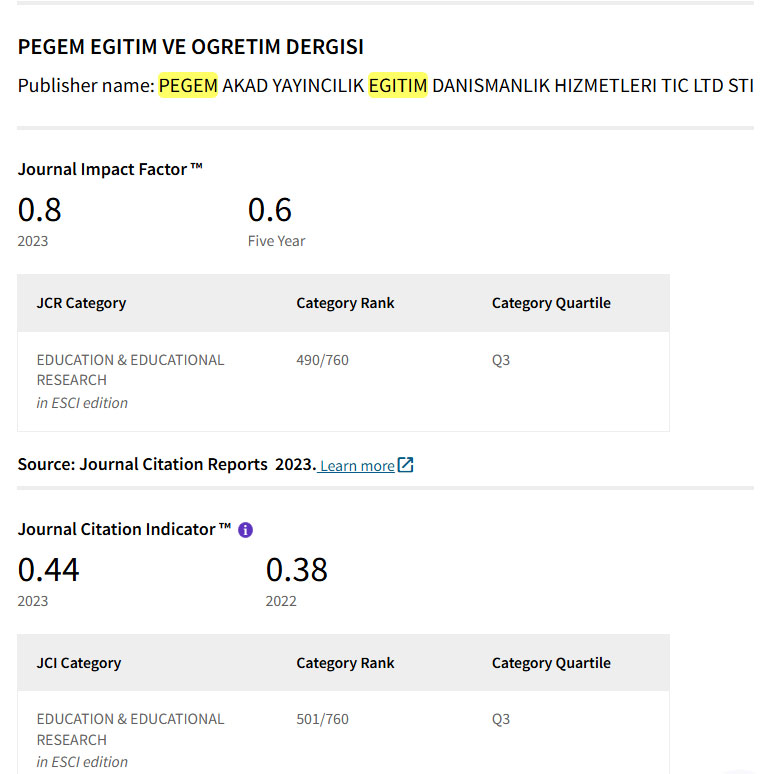DEEPFAKE DETECTION ON SOCIAL MEDIA TWEETS
Keywords:
.Abstract
Recent advancements in natural language production provide an additional tool to manipulate public opinion on social media. Furthermore, advancements in language modelling have significantly strengthened the generative capabilities of deep neural models, empowering them with enhanced skills for content generation. Consequently, text-generative models have become increasingly powerful allowing the adversaries to use these remarkable abilities to boost social bots, allowing them to generate realistic deepfake posts and influence the discourse among the general public.
Downloads
References
J. P. Verma and S. Agrawal, ‘‘Big data analytics: Challenges and applications for text, audio, video, and social media data,’’ Int. J. Soft Comput., Artif. Intell. Appl., vol. 5, no. 1, pp. 41–51, Feb. 2016.
H. Siddiqui, E. Healy, and A. Olmsted, ‘‘Bot or not,’’ in Proc. 12th Int. Conf. Internet Technol. Secured Trans. (ICITST), Dec. 2017, pp. 462–463.
M. Westerlund, ‘‘The emergence of deepfake technology: A review,’’ Technol. Innov. Manage. Rev., vol. 9, no. 11, pp. 39–52, Jan. 2019.
Downloads
Published
How to Cite
Issue
Section
License

This work is licensed under a Creative Commons Attribution-NonCommercial 4.0 International License.
Attribution — You must give appropriate credit, provide a link to the license, and indicate if changes were made. You may do so in any reasonable manner, but not in any way that suggests the licensor endorses you or your use.
NonCommercial — You may not use the material for commercial purposes.
No additional restrictions — You may not apply legal terms or technological measures that legally restrict others from doing anything the license permits.



